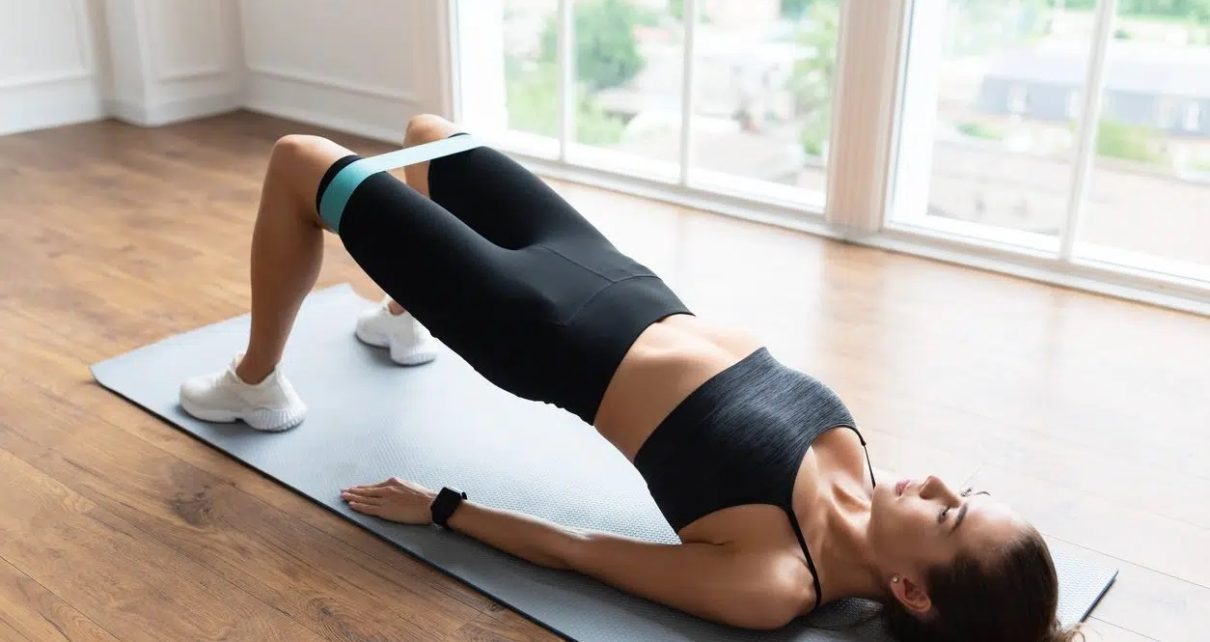When it comes to glute workouts, many people focus on building rounder, stronger glutes for aesthetic reasons—but training the upper glutes, particularly the gluteus medius and gluteus minimus, also has major health and performance benefits. These muscles play a vital role in hip stability, posture, and lower-body movement. Targeting them safely and effectively helps prevent injuries, improves athletic function, and enhances the overall shape and lift of your glutes.
Why Safe Form Matters
While upper glute exercises are powerful, performing them with poor form can lead to issues like lower back pain, hip strain, or knee discomfort. Common mistakes include over-arching the back during bridges, swinging the leg instead of using controlled movement, or failing to activate the glutes before starting. Safe upper glute training means focusing on muscle engagement, using proper alignment, and avoiding momentum. Prioritize quality over quantity to avoid compensation patterns that shift work to the wrong muscles.
Top Safe and Effective Upper Glute Exercises
Some of the most effective upper glute exercises require no gym equipment and can be done anywhere. Here are a few top picks:
Clamshells: Lie on your side with knees bent, feet together. Open your top knee while keeping your feet touching. Focus on squeezing the side of your glutes.
Side-Lying Hip Abductions: Keep legs straight and lift the top leg upward without letting your hips roll backward.
Glute Bridges with Band: Add a resistance band above the knees, press knees slightly outward, and lift hips. This increases upper glute activation.
Step-Ups or Single-Leg Glute Bridges: These unilateral moves target the upper glutes while improving balance and core strength.
Use slow, controlled reps and hold the top position for 1–2 seconds to maximize muscle engagement without stressing your joints.
Tips to Prevent Injury
To train your upper glutes safely, always begin with a warm-up that activates the muscles, such as glute bridges or donkey kicks. Focus on mind-muscle connection—consciously engaging your glutes throughout the exercise. Avoid using your lower back or hamstrings to “help” lift the movement. Keep your pelvis neutral and your core engaged to protect your spine. Don’t forget to stretch and foam roll your hips and glutes after workouts to promote flexibility and prevent tightness that could lead to strain.
Building a Safe and Balanced Routine
A balanced glute routine targets all three glute muscles—gluteus maximus, medius, and minimus—for full development and injury prevention. Combine upper glute exercises with lower glute movements like hip thrusts or Romanian deadlifts for best results. Perform upper glute training 2–3 times per week, allowing rest days in between. Track your progress and gradually increase resistance or reps to avoid plateaus without risking overuse injuries.
In conclusion, upper glute workout is a powerful tool for improving strength, stability, and aesthetics—but safety must come first. By focusing on proper form, controlled movement, and muscle activation, you can sculpt your glutes effectively while protecting your hips, back, and knees.





